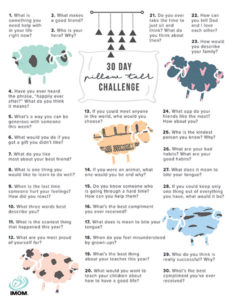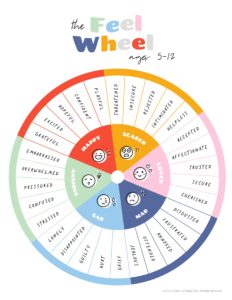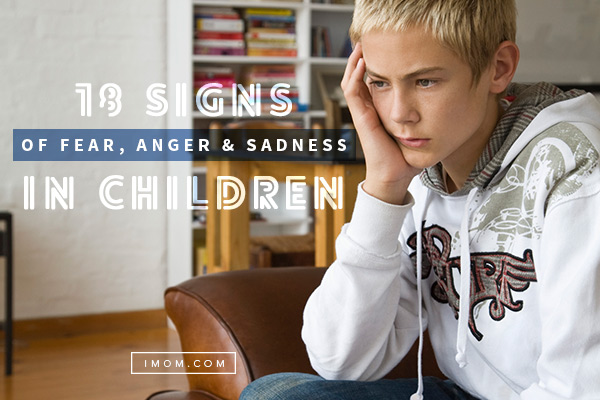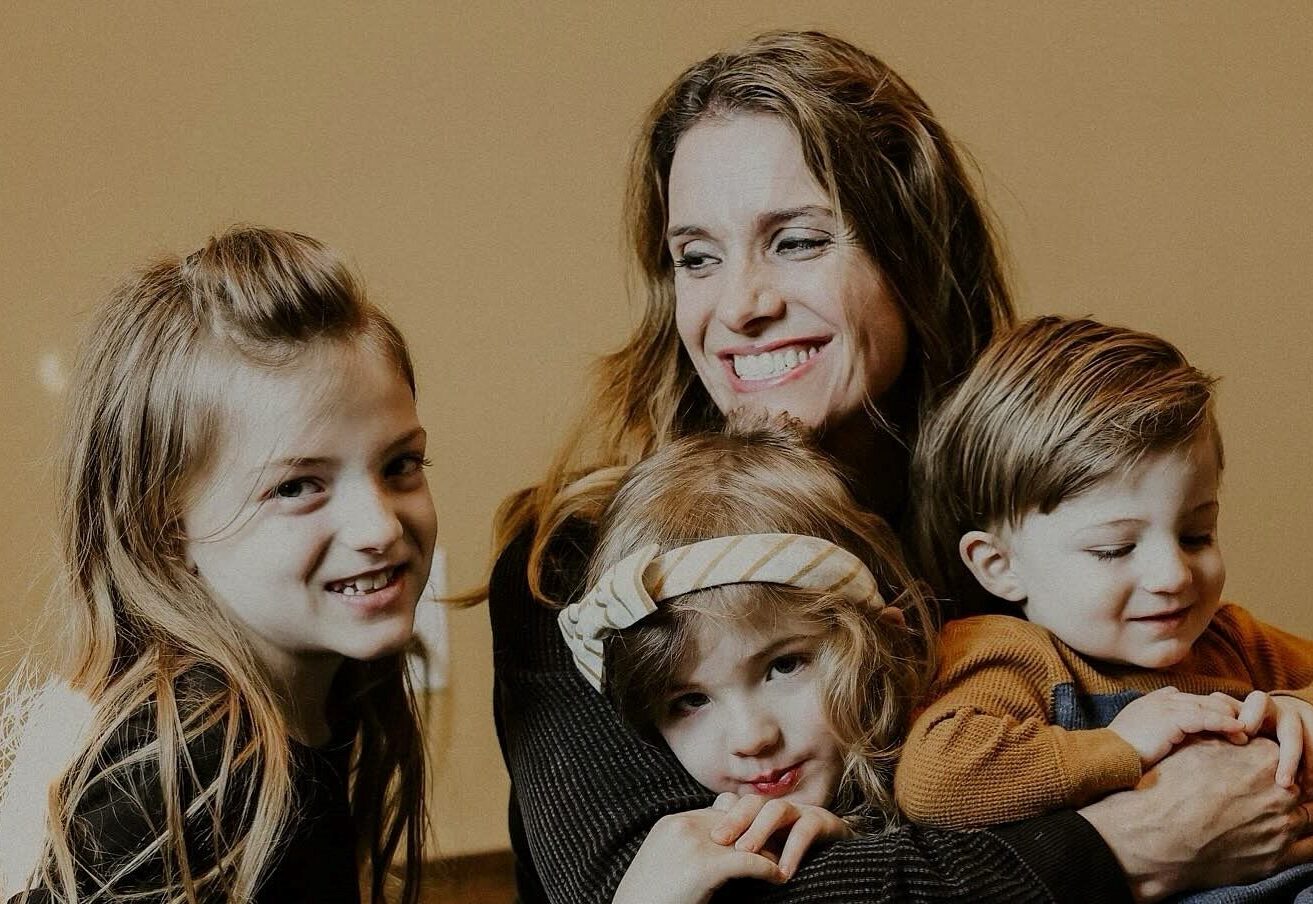My friend was at a loss. She said, “I’m not exaggerating when I tell you my daughter cries every single day. And not just a tear or two—I’m talking full-on waterworks over stuff like messing up a drawing or not being able to find a favorite stuffed animal. I need to know how to deal with a child who cries over everything because this is getting ridiculous.”
When a mom has a child who cries excessively, she experiences a range of emotions from frustration to concern to dumbfoundedness, in my friend’s case. Crying is expected as our kids don’t always have words to express themselves and tears release emotions. But if you think your child sheds tears more than the average kiddo, here are 8 ideas for how to deal with a child who cries over everything.
Before the Tears
There are three factors that could be contributing to your child’s excessive tears.
Check for stress.
I’m not saying your child has bills to pay or is concerned about climate change, but it’s unfair for adults to assume that a child doesn’t still experience stress. School, friends, and sports all pile up and something unrelated, like losing a round of UNO, might just be the straw that broke the camel’s back. Two simple ways to help kids deal with stress are to remove something from their schedule and give them a toolkit to open when they feel the stress rising. Prayer and deep breaths are our go-to’s.
My older son has a specific cry that indicates when he’s tired. I tell him, “You don’t need to sleep, but go lay down and close your eyes for 5 minutes.” He’ll pass out for an hour. Did you know kids ages six to 12 need nine to 12 hours of sleep per night? One of the best tips for how to deal with a child who cries over everything is to bump up the bedtime. Try our Pillow Talk printable to help transition from crazy to calm.
Watch their intake.
Sugar, red dye, too much screen time… What goes in often has a strange way of coming out. When my younger son takes in red dye, he becomes a different child. One night, he literally did somersaults for 20 minutes straight. Some kids channel that energy through flips and rolls while others let it out through tears. Yes, kids can have sugar, treats, and screen time, but if your child cries a lot, pull back on these big three to see if that helps.
While the Tears Are Flowing
These three steps are key to helping a child who seems to cry over everything.
Validate your child’s feelings.
A child who cries over seemingly small things, like not being able to find the bow she wants to put in her hair, is struggling to manage emotions, which is connected to executive function, or the ability to regulate daily tasks. Start by recognizing the problem, but don’t try to fix it. “I know you had your heart set on wearing that bow in your hair. It matched your outfit really well.”
Don’t give in to the tears.
Whatever your child is crying over, don’t let it change your behavior. Be strong, Mom! Stopping at the store on the way to school to buy the green bow might stop the tears, but what other problem are you creating? Tears don’t necessarily mean your child is hurt, sad, or even disappointed. She’s just struggling to gain control. Giving in won’t help her learn how to handle the situation herself.
Instead, focus on the goal.
Once you’ve acknowledged why the tears are flowing, help your child make a choice that will move him or her toward peace. “Your green bow is missing. We can look for it later and in the meantime, you could pick another bow or wear your hair a different way.” Even if there are still tears, but your child makes a choice, that’s a step in the right direction. Praise your child by saying, “That was tough, but you made a great choice. Good job!”
After the Tears Have Dried
Try these two approaches when the moment has passed and you can talk to your child calmly.
Build your child’s emotional intelligence.
Think of the last time you cried. Were you sad? You may have been angry, scared, or grateful. Tears are an outward expression of inner feelings, so help give your child a vocabulary to use in place of the tears. Our feelings wheel is a colorful resource that will help you dial into what’s going on behind the tear-filled eyes.
Get face-to-face with a professional.
If things are getting worse instead of better, something seems abnormal, your child doesn’t seem physically well, or the depths of the tears set off some mom-alarm inside your heart, don’t go it alone. Even one session with a counselor and a quick exam from a pediatrician can bring you some much-needed peace.
What have you done to deal with a child who cries more than the average kid?












